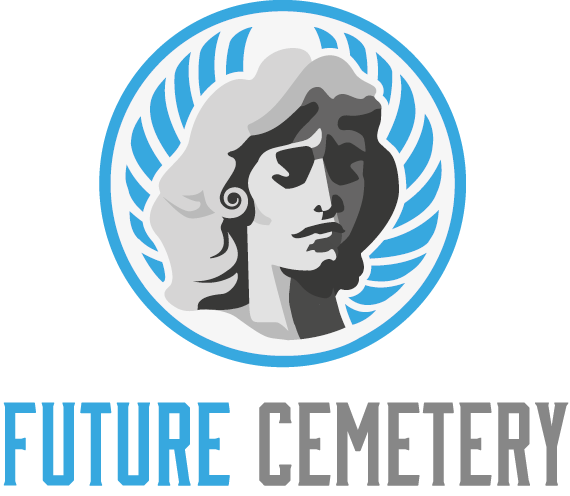When making end-of-life arrangements, many families choose a memorial park instead of a traditional cemetery. This approach prioritizes beauty and calm, creating a serene environment for family members and visitors to reflect and remember.
The Jeffersonian philosophy of American republicanism and democracy supported individual liberty, religious freedom, states’ rights and virtue — all principles that are deeply rooted in the memorial park.
The Park’s History
The Park has a long and rich history. From the very beginning, the development of Memorial Park has been a collaborative project between many different groups and individuals.
The sculptor Charles Adrian Pillars, who designed the Park’s Main Memorial Wall of Remembrance in 1920, envisioned it as a place to honor the memory of those who died for their country and freedom. The Park became the resting place of thousands of local servicemen and women who paid the ultimate sacrifice in two world wars and even as recently as the Gulf War.
During its early days, Memorial Park was a center of community life. There were recreational groups like the Square Dance Club and Town and Gown Players, as well as a native animal zoo. Today, the Park has miles of hiking and biking trails, including a ‘picnic loop’ popular with road cyclists, softball fields, sand volleyball courts and a rugby field. It also offers family camping areas at Tan Oak and Mt. Ellen Nature Trails, a lake, swimming and fishing.
The Main Memorial Wall of Remembrance
In contrast to the competing headstones of traditional cemeteries, memorial parks provide a place for peaceful meditation with dignified sculptured bronze markers lying flat on landscaped plots. The Memorial Park features an evocative reflective pool encircled by the Freedom Is Not Free Wall and Alcove where names of those lost in battle are listed numerically.
The plaza features a Callery pear tree that survived the September 11, 2001 attacks at Ground Zero and is known as the “Survivor Tree.” Nearby, Tribute in Light commemorates the lives of those who were killed by terrorist attacks on America.
The memorial’s centerpiece is the shiny black granite Wall of Remembrance, which includes two sections of 70 panels containing names in a V-shape. Visitors are welcome to request a rubbing of a name from one of our incredible volunteers, who will be happy to do so at no charge. The Gold Star Monument is the newest addition to the Park and was designed in accordance with style guidelines established by the Woody Williams Foundation, which assists local Gold Star families establish permanent monuments across the country.
The Gold Star Monument
The Gold Star Monument honors families of loved ones who died in military service. The term “Gold Star” dates back to World War I, when families would display service flags with a blue star for each immediate family member who served in the Armed Forces and a gold star when a loved one was killed in action.
This beautiful black granite monument features a section cut out in the shape of a soldier standing at salute. On the other side are four panels etched with images chosen by each community’s Gold Star Families. The panels’ themes are Homeland, Family, Patriotism and Sacrifice.
The monument was funded by the Hershel Woody Williams Congressional Medal of Honor Foundation. The foundation promotes the creation of permanent Gold Star Families Memorial Monuments, like this one, throughout the United States. Utah currently has four, including those in Draper, Sandy, North Ogden and St. George. The registry was created in 2010 by Medal of Honor Recipient Hershel “Woody” Williams to ensure that all Americans can honor, remember and serve the heroes who have made the ultimate sacrifice for our freedom.
The Veterans Memorial
Located within the park is the Wall of Remembrance, an iconic symbol of recognition by the American people. The Memorial attracts nearly 5 million visitors annually.
The Wall is made up of two identical walls that stretch 246 feet and 9 inches and contain more than 58,000 names, listed chronologically based on dates of casualty. Each name is followed by a symbol denoting status—Killed in Action, Missing in Action or Presumed Dead.
Designed to allow visitors to view their own reflection while viewing the engraved names, the Memorial’s mirror-like surface connects past and present in a way few other monuments can. A bronze statue called Three Servicemen, situated a short distance from The Wall, evokes images of sacrifice and loss while conveying the sense of unity required in armed conflict. Both the statue and The Wall serve as a place of quiet reflection. The Memorial is open 24 hours a day and rangers are on duty to answer questions from 9:30 a.m. to 10 p.m. daily.
